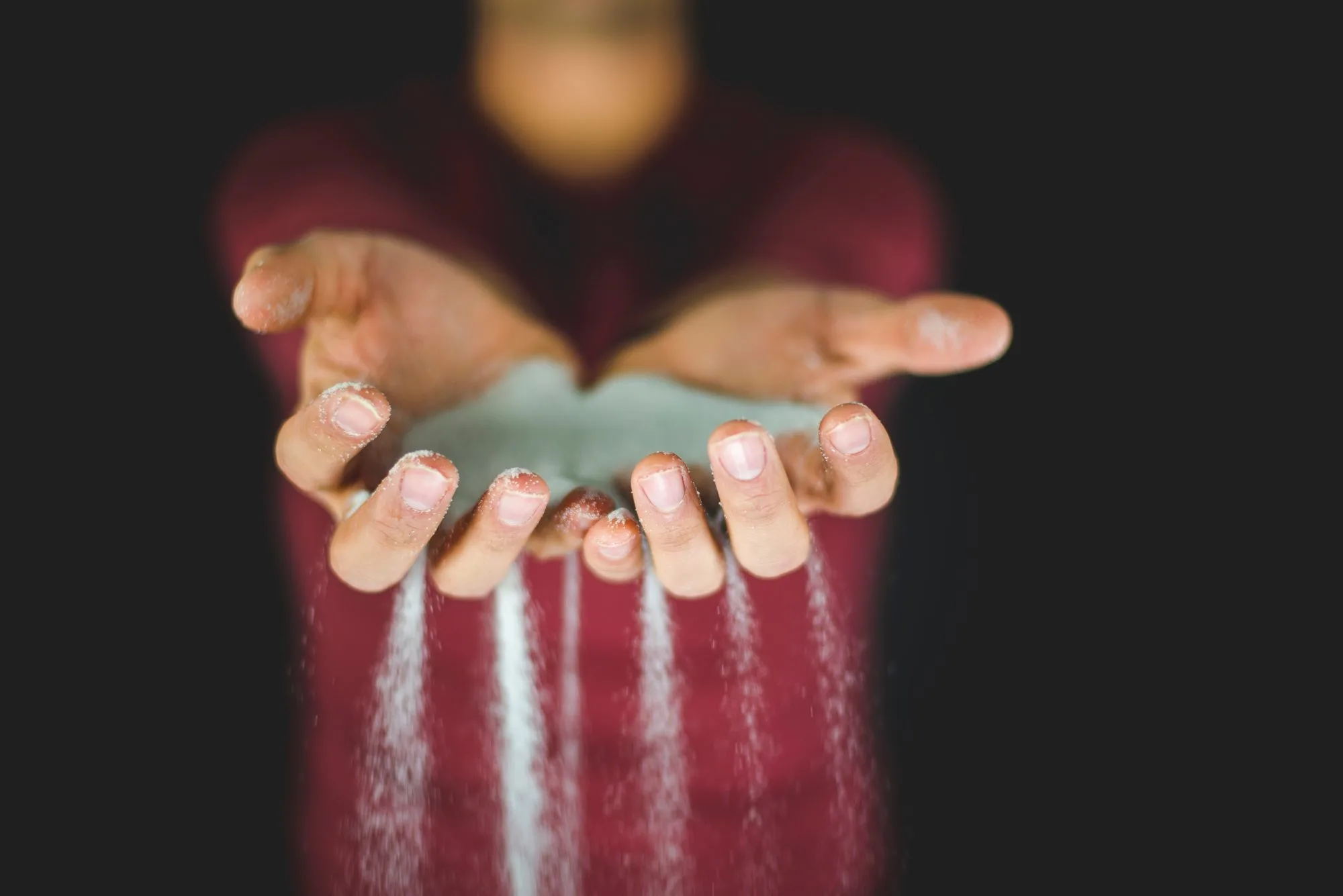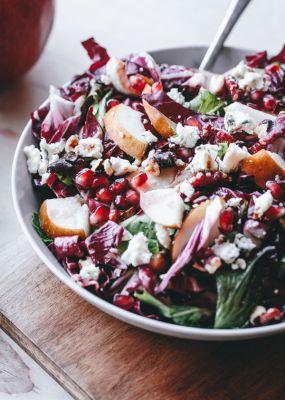Silicon dioxide, or silica, is a common additive in the production of foods, where this ingredient is used primarily as a flow agent in powdered foods (to prevent the formation of lumps), or to absorb water in hygroscopic applications.
Hygroscopy is the ability of a substance to attract and hold water molecules found in its surrounding environment. Through this process, the substance changes state, either by an increase in volume, boiling point or viscosity. In baking, hygroscopic applications are used to achieve variations in moisture content. This helps, for example, to produce crispiness. Silicon dioxide is primarily made of diatomaceous earth, a soft, crumbly, porous sedimentary deposit formed from the fossil remains of diatoms – a major group of algae which are among the most common types of phytoplankton. 
Silica is also used in pharmaceutical products, where it aids powder flow when tablets are formed. Colloidal silica (silica particles that are suspended in liquid) is also used as a wine, beer and juice fining agent.
What is this ingredient made of?
- Sand
Where is it found?
- Salts, soups and pizza
Is it bad for us?
Recent research shows that the silica we consume is flushed out by our kidneys long before it can accumulate in our bodies. Furthermore, while the majority of the silica studies have been conducted on animals, no link between silicon dioxide and an increased risk of cancer, organ damage or mortality has ever been found. Studies have also found no evidence that this ingredient can affect reproductive health, birth weight or body weight.
Finally, the US Food and Drug Administration (FDA), the World Health Organization (WHO) and the European Food Safety Authority (EFSA) all recognize silicon dioxide as a safe food additive. According to a paper prepared in association with the WHO, the only negative health effects related to silicon dioxide that have been reported were caused by silicon deficiency. In other words, a lack of silicon dioxide may do more harm to your system than consuming too much. Click here to find out more about this.
Has this ingredient been banned in any countries?
It is not banned in any countries. However, it is included in the South African Health and Welfare regulations related to anti-caking agents.
The Minister of Health and Welfare indicates that the following amounts of silicon dioxide are allowed in food products distributed in South Africa:
- Castor sugar and icing sugar – 20 000mg/kg
- Soft drinks, powdered – 15 000mg/kg
- Soups and sauces, powdered – 10 000mg/kg • Baking Powder – *GMP
- Coffee and chicory mixes, powdered – *GMP • Meat tenderizer – *GMP
- Coffee and tea whitener – may be included, no measurement specification
- Condiments, including powdered salad dressing – may be included, no measurement specification
- Desserts, custards and instant baking mixes, powdered – may be included, no measurement specification
- Flavorants, powdered – may be included, no measurement specification
- Milk powder, whole, low-fat, skimmed – may be included, no measurement specification
- Salt (sodium chloride) – may be included, no measurement specification
- Salt substitute – may be included, no measurement specification
What is the healthiest and closest taste substitute for this food item?
Should you wish to minimize your silicon dioxide intake, here are a few suggestions for alternative food options. Considering that silicon dioxide is present in salts, soups and pizzas, these are healthier options:
- Himalayan salt,
- Homemade soup using organic produce, and
- Homemade Banting pizza (as it is healthier than regular forms of pizza).
Further suggestions are:
1. Making coffee from whole beans by purchasing a coffee grinder;
2. Sukrin icing sugar as a healthier alternative to regular icing sugar;
3. Replacing soft drinks with homemade fruit juices;
4. Combining half a teaspoon of cream of tartar and a quarter teaspoon of baking soda for every one cup of baking powder required by a recipe; and
5. Replacing your powdered meat tenderizer with a rolling pin and two sheets of wax paper.
* Good Manufacturing Practices (GMP) for food additives are described in Section 3.3 of the Preamble of the Codex General Standard for Food Additives as follows:
“All food additives subject to the provisions of this standard shall be used under conditions of good manufacturing practice, which include the following:
a. The quantity of the additive added to food shall be limited to the lowest possible level necessary to accomplish its desired effect;
b. The quantity of the additive that becomes a component of food as a result of its use in the manufacturing, processing or packaging of a food, and which is not intended to accomplish any physical or other technical effect in the food itself, is reduced to the extent reasonably possible; and
c. The additive is prepared and handled in the same way as a food ingredient.”
Aiming to lose weight? Click here to find out which food felons you should be avoiding to meet your goal.



![women [longevity live]](https://longevitylive.com/wp-content/uploads/2020/01/photo-of-women-walking-down-the-street-1116984-100x100.jpg)










